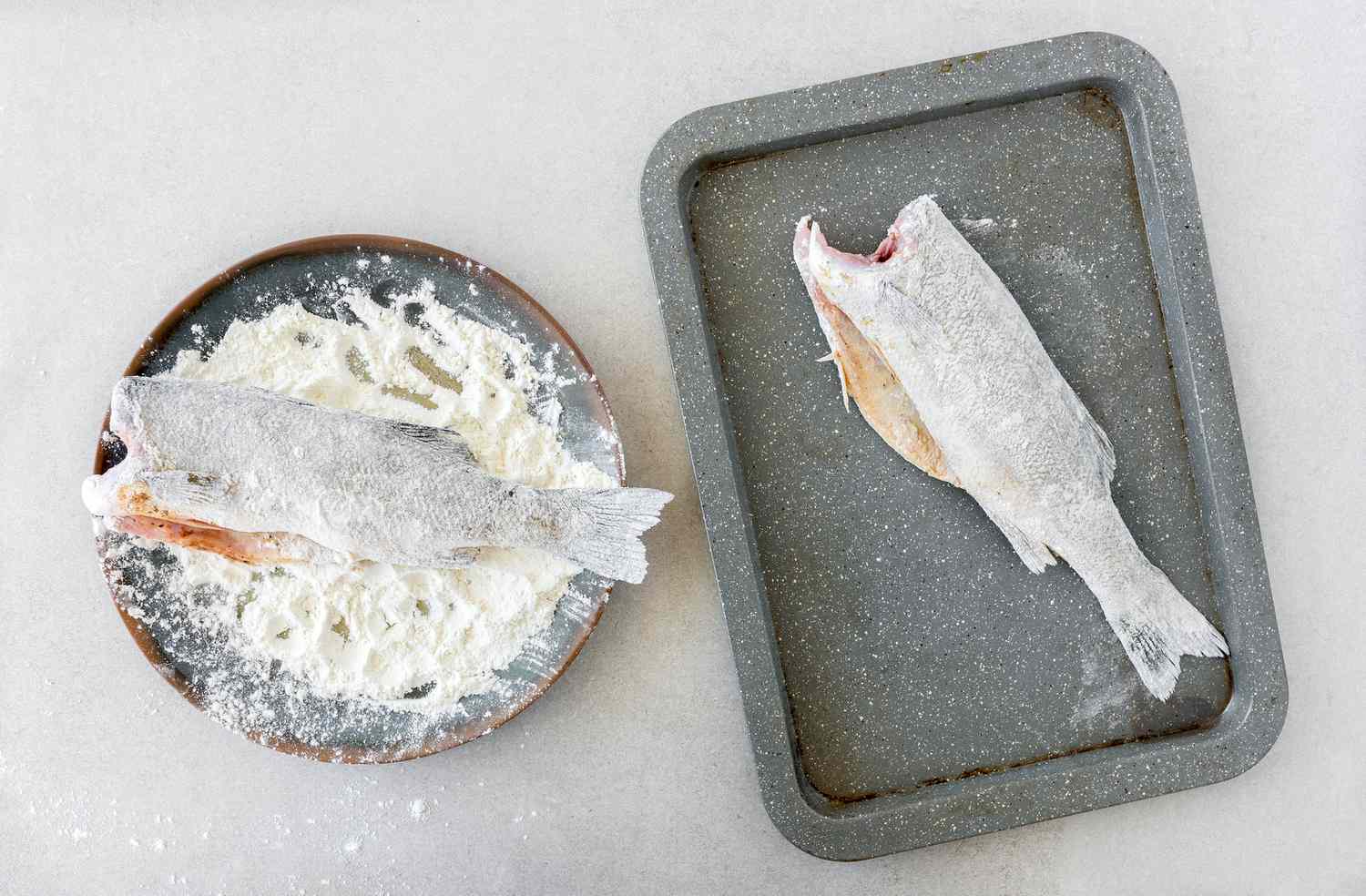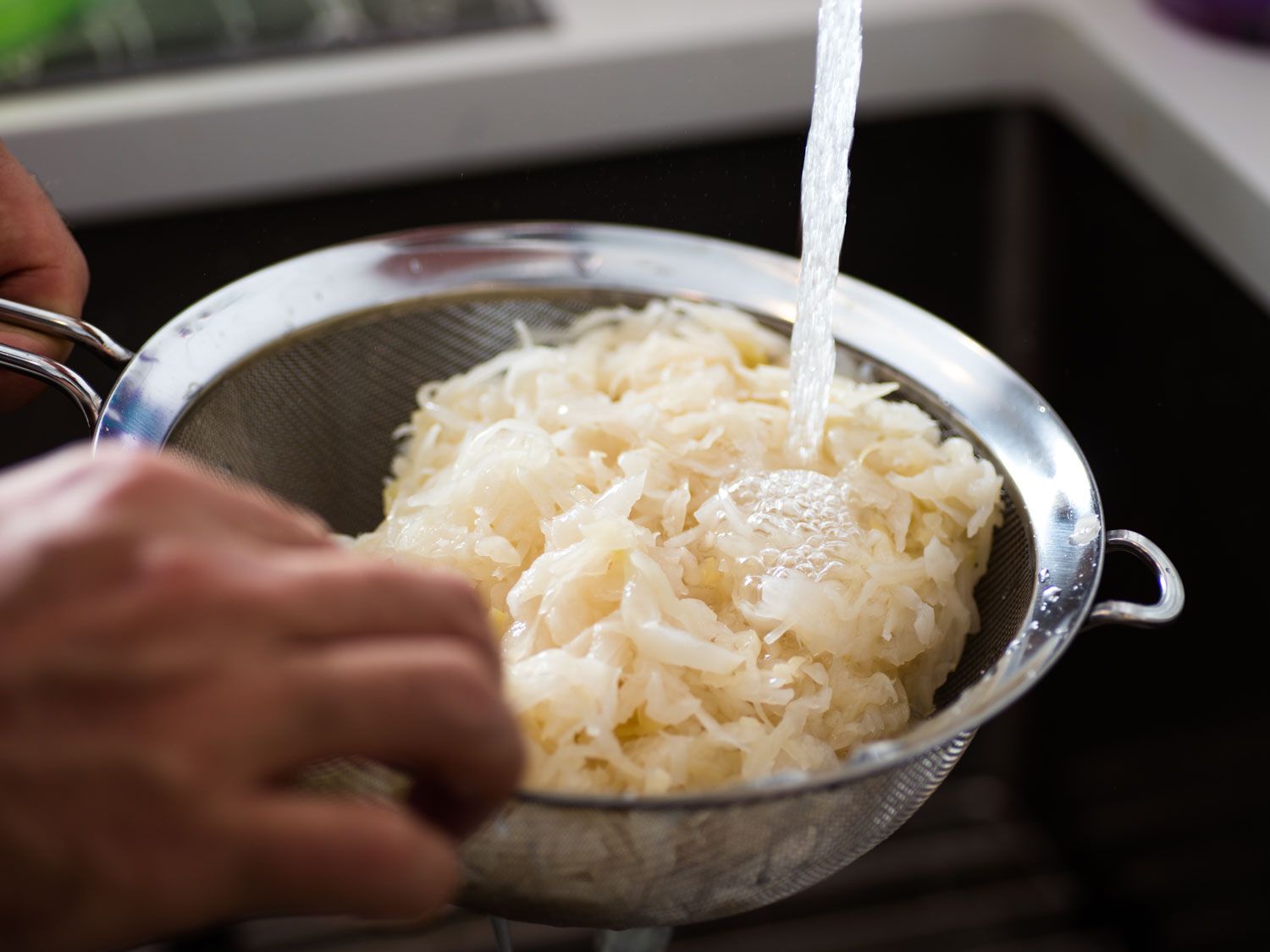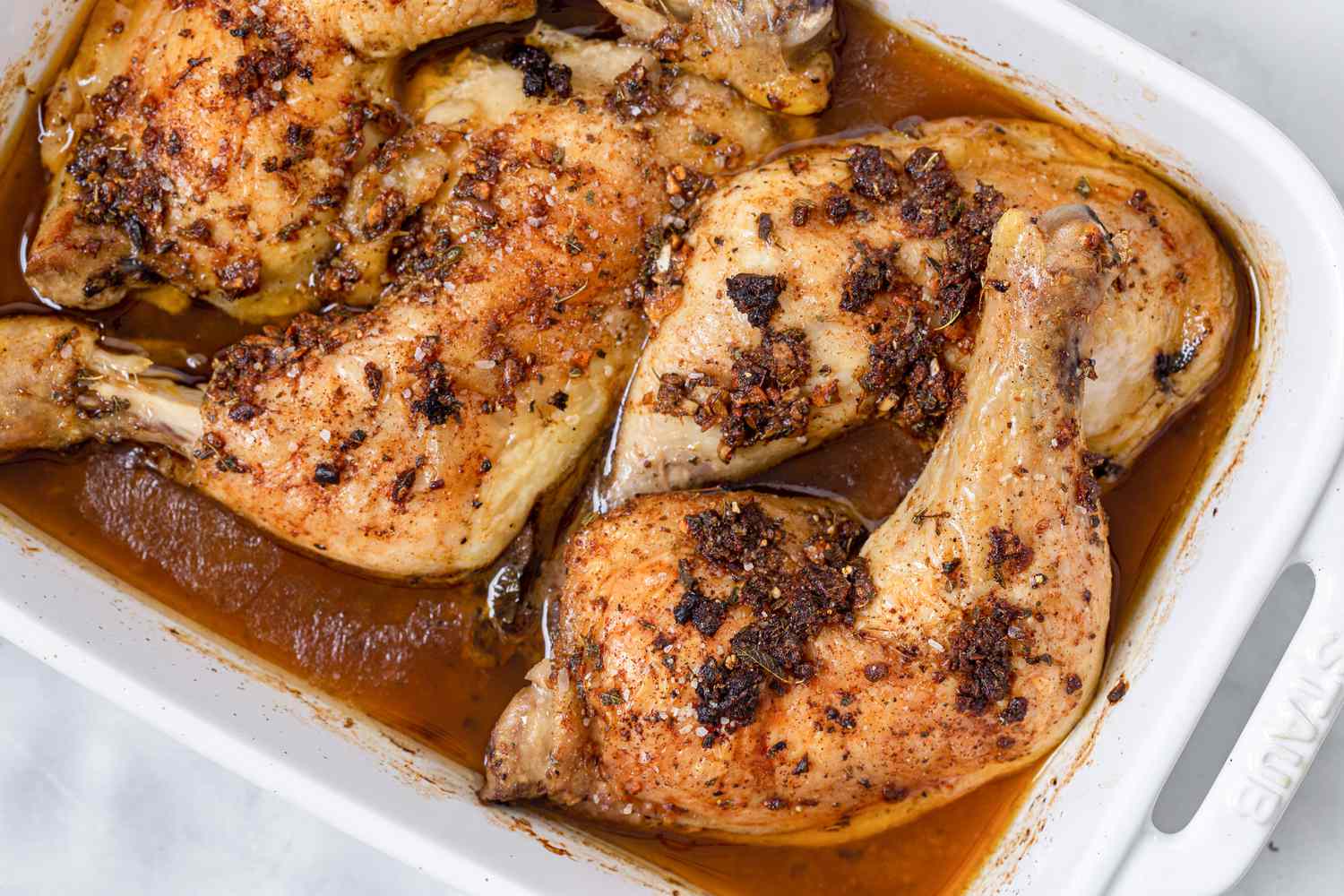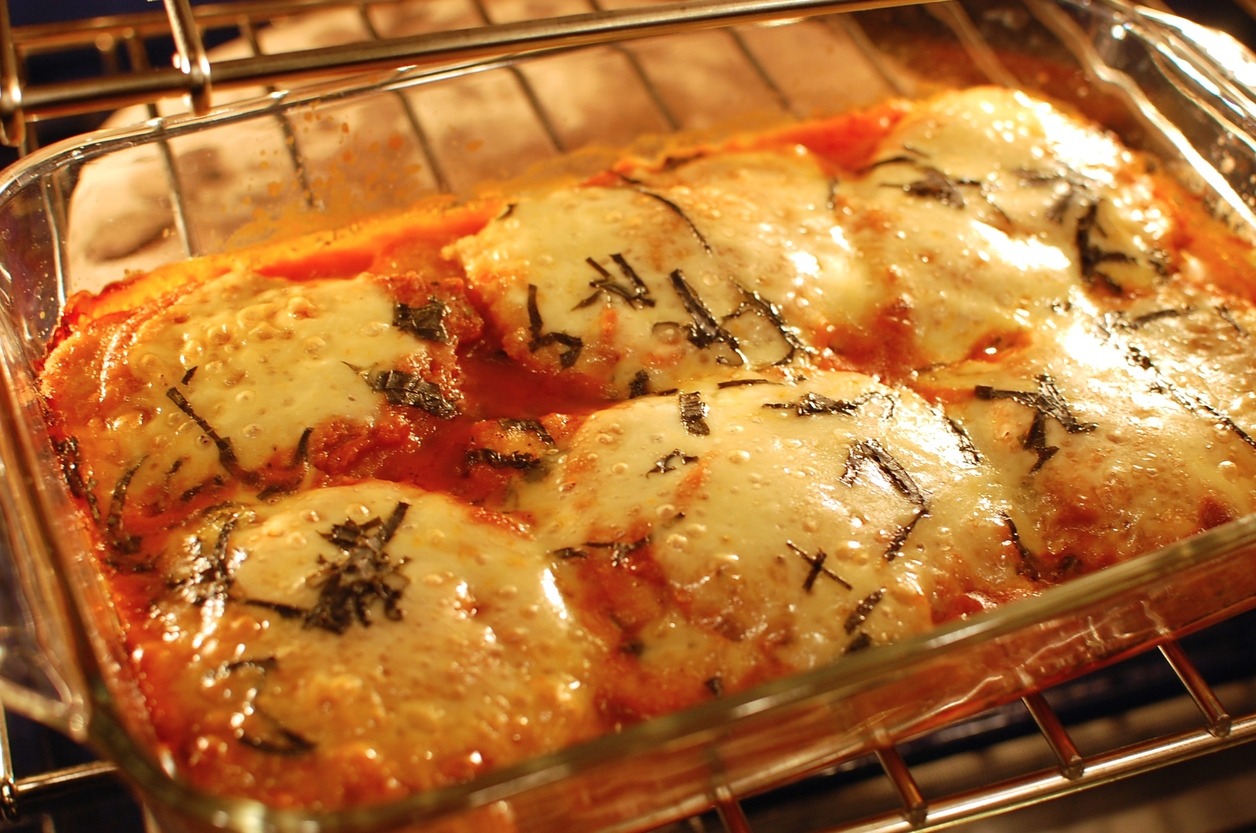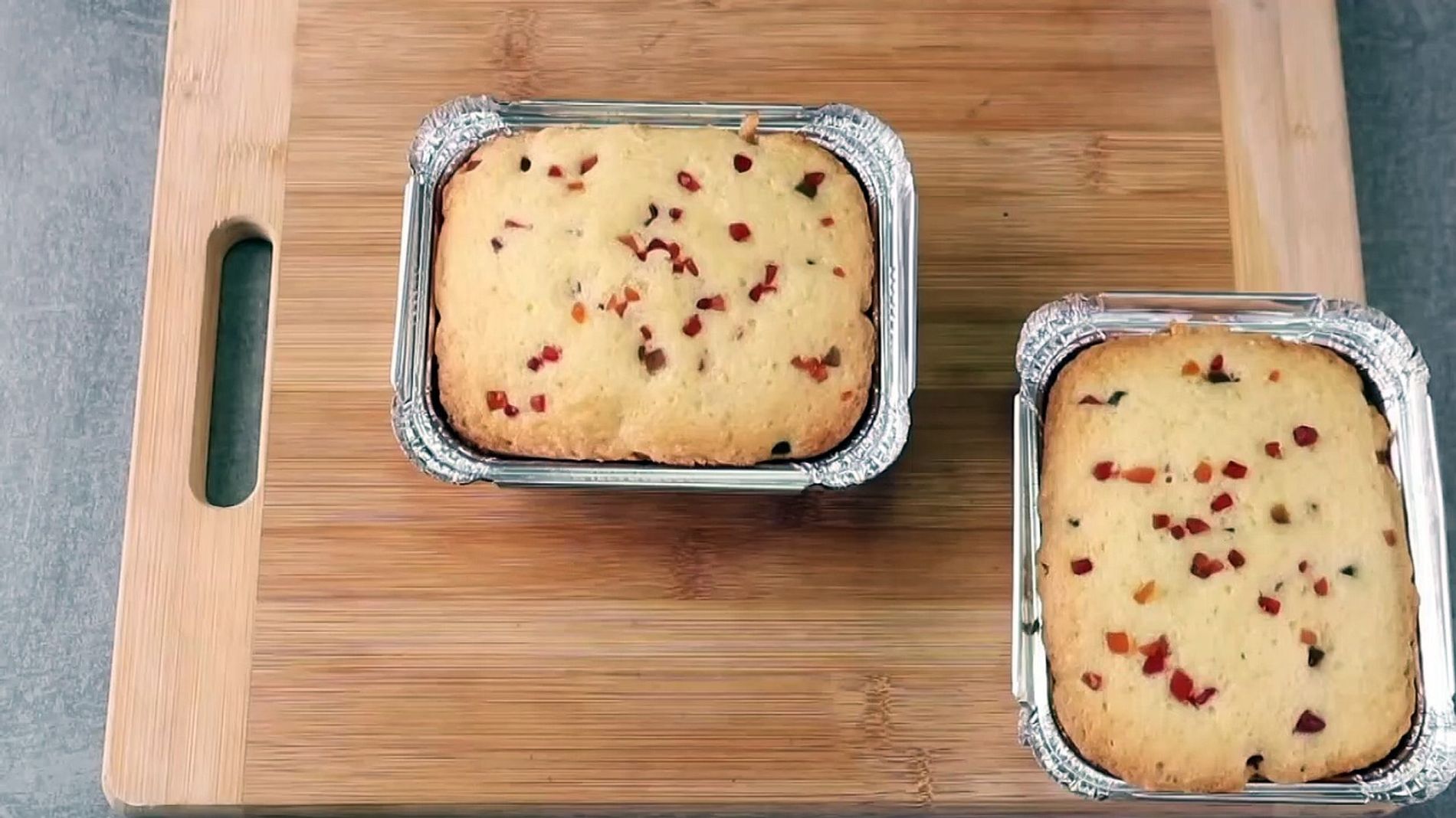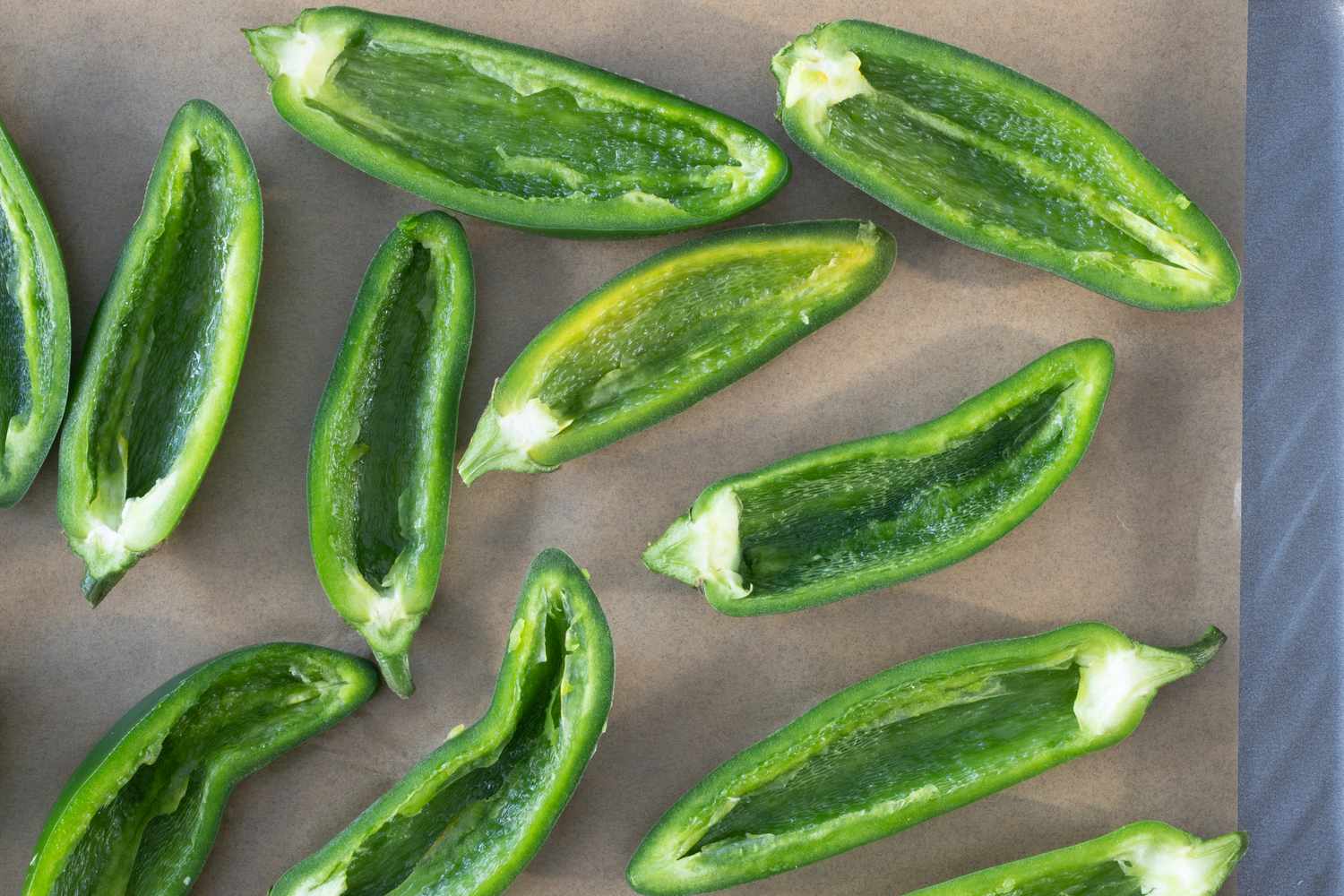Mastering the Art of Baking Sourdough Bread with a Starter
Welcome to the wonderful world of sourdough bread baking! There’s something truly special about the process of creating a delicious loaf of sourdough bread from scratch. With the right techniques and a bit of patience, you can achieve bakery-quality results right in your own kitchen. In this guide, we’ll walk you through the steps to bake sourdough bread with a starter so you can enjoy the delightful flavors and textures of homemade sourdough.
Gather Your Ingredients
Before you begin, it’s important to gather all the necessary ingredients and equipment. Here’s what you’ll need:
- Active sourdough starter
- Flour (preferably bread flour or all-purpose flour)
- Water
- Salt
- A large mixing bowl
- A Dutch oven or baking stone
- A kitchen scale
- A bench scraper
- A clean kitchen towel
Feeding Your Sourdough Starter
Before you can start the bread-making process, it’s essential to ensure that your sourdough starter is active and ready to go. If your starter has been refrigerated, take it out and let it come to room temperature. Then, feed it with equal parts flour and water, and allow it to ferment until it’s bubbly and active.
Mixing the Dough
Once your starter is ready, it’s time to mix the dough. In a large mixing bowl, combine the starter, flour, water, and salt. Use your hands or a wooden spoon to mix the ingredients until a shaggy dough forms. Cover the bowl with a clean kitchen towel and let the dough rest for about 30 minutes.
Folding and Shaping the Dough
After the initial rest, it’s time to fold and shape the dough. Wet your hands to prevent sticking, then grab one side of the dough, stretch it up, and fold it over the rest of the dough. Rotate the bowl and repeat this process three more times, until you’ve folded the dough from all four sides. Let the dough rest for another 30 minutes, then repeat the folding process one or two more times.
Proofing the Dough
Once the dough has been folded and shaped, it needs to go through a period of proofing. Transfer the dough to a clean, lightly floured surface and shape it into a round loaf. Place the dough seam-side up in a floured proofing basket or a bowl lined with a kitchen towel. Cover the dough and let it proof at room temperature for 3 to 4 hours, or until it has visibly expanded.
Baking the Sourdough Bread
Preheat your oven to 450°F (230°C) with a Dutch oven or baking stone inside. Once the oven is hot, carefully transfer the proofed dough into the preheated Dutch oven or onto the baking stone. Score the top of the dough with a sharp knife to allow for expansion during baking. Cover the Dutch oven with its lid or use a large oven-safe bowl to cover the dough on the baking stone.
Bake the bread covered for 20 minutes, then remove the lid or bowl and continue baking for an additional 20 to 25 minutes, or until the crust is golden brown and the bread sounds hollow when tapped on the bottom. Once baked, transfer the bread to a wire rack to cool completely before slicing and enjoying!
Conclusion
Baking sourdough bread with a starter is a rewarding and satisfying process that yields delicious results. With a bit of practice and experimentation, you can develop your own signature sourdough recipe that will impress family and friends alike. So roll up your sleeves, gather your ingredients, and get ready to embark on a delightful sourdough baking adventure!
Was this page helpful?
Read Next: How To Bake Steak Kabobs
